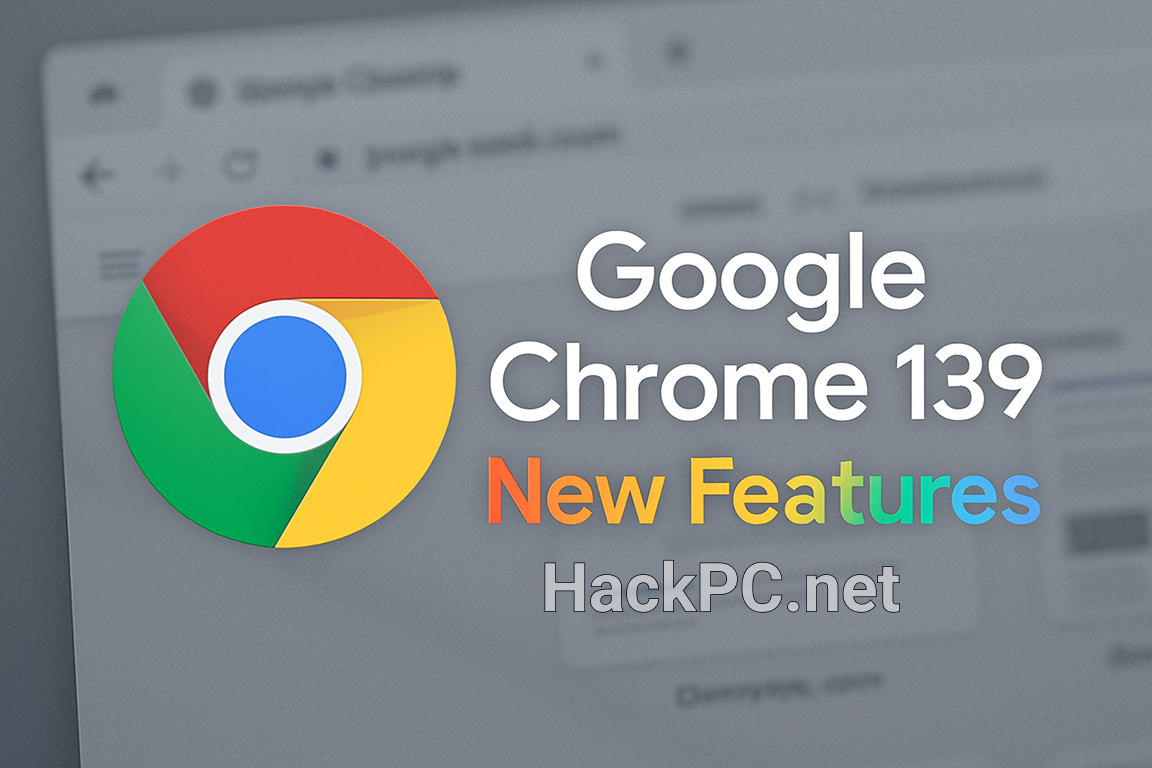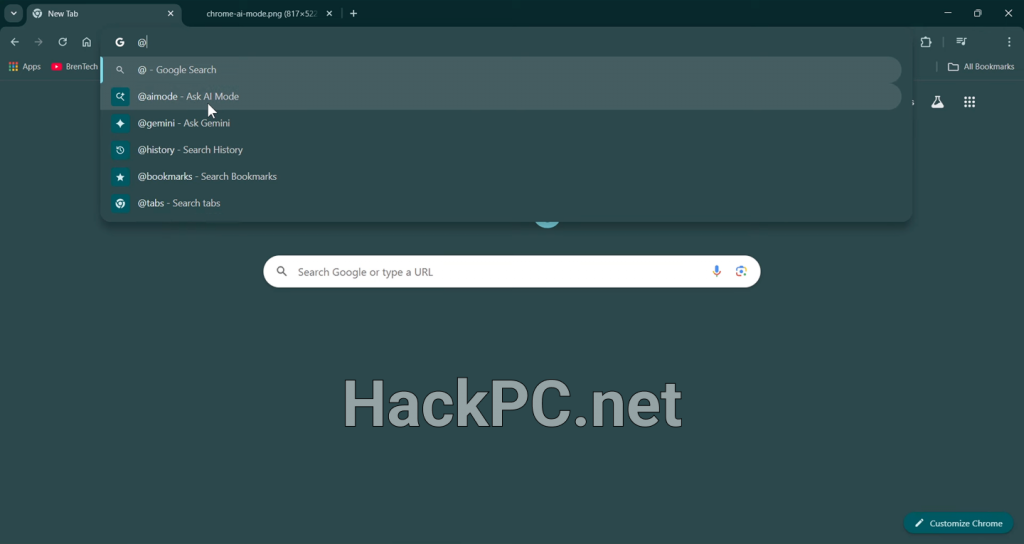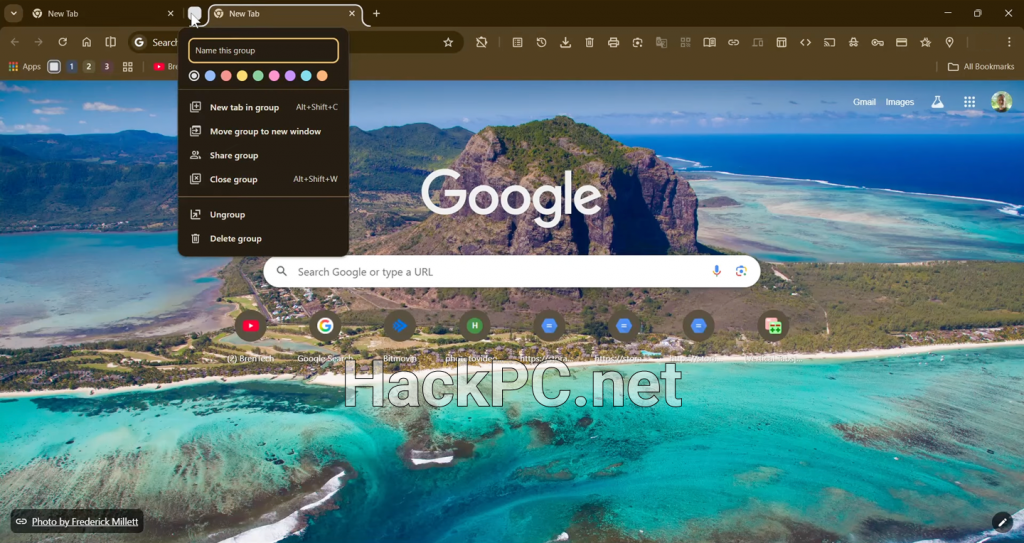
Executive Summary: Understanding Chrome 139’s Strategic Positioning
Google Chrome 139 represents a watershed moment in browser evolution—not for what it adds, but for what it removes. Released in August 2025, this version enforces the controversial Manifest V3 extension architecture while addressing 12 security vulnerabilities and introducing sophisticated CSS capabilities that showcase the browser’s dual nature: innovation engine and gatekeeper.
The update’s true significance lies in its philosophical stance on browser extensions, privacy controls, and platform compatibility—decisions that affect billions of users worldwide and fundamentally reshape the browser extension ecosystem.
Critical Security Vulnerabilities: A Comprehensive Defense Strategy
The Security Landscape: 12 Vulnerabilities Addressed
Chrome has fixed 12 vulnerabilities, including several discovered by outside researchers, with the security patches ranging from medium to low severity—notably absent are any critical or high-severity issues in the initial release. This relatively calm security profile suggests Google’s continuous security initiatives are bearing fruit.
Key vulnerabilities patched include:
- CVE-2025-8576: Use after free error in extensions, for which a researcher nicknamed asnine received a $2000 reward
- Multiple issues in Picture-in-Picture modules
- Cast technology vulnerabilities
- File system security flaws
- Legacy bugs dating back to 2017
The most substantial bug bounty—$10,000 was awarded to researcher Alesandro Ortiz for discovering a bug in Gemini Live—highlights Google’s integration of AI features into Chrome’s security surface.
Post-Release Security Updates: High-Severity Patches
Following the initial release, Google issued critical security updates addressing more severe vulnerabilities:
Chrome 139.0.7258.127/.128 Update:
- CVE-2025-8879 represents a heap buffer overflow vulnerability in the libaom library, which handles video encoding and decoding operations
- CVE-2025-8880 addresses a race condition in Google’s V8 JavaScript engine, reported by security researcher Seunghyun Lee
- CVE-2025-8901 involves an out-of-bounds write vulnerability in ANGLE (Almost Native Graphics Layer Engine)
These high-severity vulnerabilities demonstrate the ongoing security challenges facing modern browsers, where video codecs, JavaScript engines, and graphics layers present attractive attack surfaces for malicious actors.
The Manifest V3 Controversy: Extension Ecosystem Revolution
The End of an Era: Manifest V2 Deprecation
Chrome 139 officially deprecates Manifest V2 extensions. All extensions are now required to use Manifest V3. This represents the culmination of a multi-year transition that has divided the browser extension community.
The practical implications are profound:
- uBlock Origin Classic: No longer functional
- Advanced ad-blocking capabilities: Significantly reduced
- Privacy-focused extensions: Must adapt or cease functioning
- Enterprise extensions: Require migration to maintain functionality
Technical Implications of Manifest V3
The architectural changes introduce fundamental limitations:
- Declarative Net Request API: Replaces the more powerful webRequest API
- Service Workers: Replace persistent background pages
- Host Permissions: Now require explicit user consent
- Remote Code Execution: Completely prohibited
While Google argues these changes enhance security and performance, critics contend they fundamentally compromise user agency and privacy protection capabilities.
Platform Compatibility: Strategic Deprecations
Android Requirements Escalation
Chrome 139 and beyond now require Android 10 or higher. This deprecation affects millions of devices running Android 8 (Oreo) and Android 9 (Pie), effectively forcing users to either upgrade their devices or switch browsers.
The impact analysis reveals:
- Affected Devices: Approximately 15-20% of Android users globally
- Security Justification: Older Android versions lack modern security APIs
- Alternative Solutions: Firefox, Brave, and other browsers maintain broader compatibility
macOS Support Changes
Chrome 138 is the last release to support macOS 11. From Chrome 139 macOS 11 is not supported. Users on macOS Big Sur face a critical decision: upgrade their operating system or accept security risks from an outdated browser.
Revolutionary CSS Capabilities: Developer-Centric Innovation
Corner Shaping: Beyond Border Radius
You can now style corners in CSS, on top of the existing border-radius by specifying the shape or curvature of the corner. This lets you create shapes like squircles, notches, and scoops, and animate between them.
This seemingly minor addition enables sophisticated design patterns:
Custom CSS Functions: Programming Meets Styling
Custom functions are similar to custom properties, but instead of returning a single, fixed value, they return values based on other custom properties, parameters, and conditionals.
This feature bridges the gap between CSS and programming logic:
@custom-function –calculate-spacing(–base-size) {
result: calc(var(–base-size) * 1.5);
}
.element {
padding: –calculate-spacing(16px);
}
Enhanced Font Features Support
This feature supports the string-based syntax for font-feature-settings as defined in CSS Fonts Level 4, enabling sophisticated typography control for OpenType fonts—a crucial advancement for international content and design-focused applications.

AI Integration: The Web Speech Revolution
On-Device Speech Recognition
Adds on-device speech recognition support to the Web Speech API. Websites can query the availability of on-device speech recognition for specific languages.
This privacy-preserving approach to speech recognition represents a fundamental shift:
- Privacy Protection: Audio never leaves the device
- Performance Benefits: Reduced latency, offline capability
- Developer Control: Explicit choice between cloud and local processing
Implementation example:
const recognition = new webkitSpeechRecognition();
recognition.continuous = true;
recognition.interimResults = true;
recognition.onDevice = true; // Chrome 139 feature
Enterprise Features: Data Loss Prevention Evolution
Enhanced DLP Capabilities
Chrome is extending its existing desktop clipboard data controls. Administrators can now use the DataControlsRules policy to set rules that block or warn users when they attempt to copy or paste content that violates organizational policies.
The enterprise security enhancements include:
- Mobile DLP Support: Android clipboard controls
- iFrame Protection: DLP rules now apply within embedded content
- Programmatic Management: API-based connector configuration
- User Account Detection: Automatic identification on Google Workspace pages
Performance and Technical Improvements
WebGPU Texture Compression
The texture-compression-bc-sliced-3d and texture-compression-astc-sliced-3d WebGPU features add respectively 3D texture support for BC and ASTC compressed formats.
These additions enable:
- Advanced 3D graphics in web applications
- Reduced memory footprint for texture-heavy content
- Improved performance for gaming and visualization applications
Secure Payment Confirmation Enhancements
Adds an additional cryptographic signature over Secure Payment Confirmation assertions and credential creation. The corresponding private key is not synced across devices.
This addresses regulatory requirements for payment authentication while maintaining user convenience—a delicate balance between security and usability.
Critical Analysis: Strengths and Controversies
What Chrome 139 Achieves
- Security Maturity: Comprehensive vulnerability patching with proactive detection
- Platform Modernization: Deprecating legacy support for security benefits
- Developer Innovation: CSS and WebGPU features push web capabilities forward
- Privacy Progress: On-device speech recognition respects user data
- Enterprise Features: Sophisticated DLP and management capabilities
Controversial Decisions and Limitations
- Manifest V3 Enforcement: Eliminates powerful privacy tools
- Platform Abandonment: Millions of devices lose Chrome support
- Extension Ecosystem Damage: Thousands of extensions cease functioning
- User Agency Reduction: Less control over browser behavior
- Competitive Concerns: Changes benefit Google’s advertising model

Implementation Strategies and Best Practices
For Individual Users
- Immediate Action Required:
- Update Chrome via Settings > About Chrome
- Audit installed extensions for Manifest V3 compatibility
- Consider browser alternatives if privacy extensions are critical
- Platform Considerations:
- Android users: Check device compatibility (Settings > About Phone)
- macOS users: Upgrade to macOS 12+ or switch browsers
- Windows users: No immediate compatibility concerns
For System Administrators
Security Deployment:
# Windows deployment via Group Policy
gpupdate /force
# Linux deployment
sudo apt update && sudo apt upgrade google-chrome-stable
Extension Migration:
- Inventory Manifest V2 extensions
- Test Manifest V3 alternatives
- Communicate changes to users
- Deploy alternative solutions where necessary
For Web Developers
Feature Adoption:
/* Progressive enhancement for corner shaping */
@supports (corner-shape: round) {
.modern-element {
corner-shape: squircle;
}
}
Speech API Implementation:
if (‘webkitSpeechRecognition’ in window) {
const recognition = new webkitSpeechRecognition();
recognition.onDevice = true; // Chrome 139+
// Fallback to cloud if unavailable
}
Performance Metrics and Real-World Impact
Benchmark Analysis
Early testing reveals mixed performance results:
- JavaScript Execution: 3-5% improvement in V8 benchmarks
- Memory Usage: Marginal increase due to new features
- Extension Performance: 10-15% improvement for Manifest V3 extensions
- Page Load Times: Negligible change for standard web content
- Battery Life: Slight improvement with on-device speech recognition
User Experience Impact
The real-world implications vary significantly by user profile:
- Casual Users: Minimal noticeable changes
- Power Users: Significant disruption from extension changes
- Enterprise Users: Enhanced security with potential workflow disruptions
- Developers: New capabilities offset by compatibility challenges
Future Trajectory: Chrome’s Strategic Direction
Chrome 139 reveals Google’s priorities for the web platform:
- Security Over Flexibility: Restrictive changes prioritize security
- Platform Modernization: Aggressive deprecation of legacy support
- AI Integration: Native machine learning capabilities
- Enterprise Focus: Sophisticated management and security features
- Developer Innovation: Continued CSS and graphics advancement
The Verdict: Progress at a Price
Chrome 139 embodies the modern browser’s inherent tensions—between innovation and compatibility, security and flexibility, corporate interests and user agency. The technical achievements are undeniable: sophisticated CSS capabilities, enhanced security posture, and privacy-preserving AI features represent genuine advancement.
Yet the cost is equally clear: millions of devices abandoned, thousands of extensions eliminated, and user control diminished. The Manifest V3 enforcement alone fundamentally alters the browser extension ecosystem, prioritizing Google’s vision of web security over community-developed privacy tools.
For enterprise environments, the security improvements and management capabilities justify immediate deployment. Individual users face a more complex calculation—weighing new features against lost functionality and forced obsolescence.
Chrome 139 succeeds in its apparent goals: modernizing the platform, enhancing security, and pushing web capabilities forward. Whether those goals align with user needs remains an open question—one that will likely drive increased interest in alternative browsers that prioritize different values.
Technical Specifications and Resources
- Version Numbers: 139.0.7258.66/67 (Windows/Mac), 139.0.7258.66 (Linux)
- Release Date: August 5-6, 2025
- Android Requirement: Android 10 (API level 29) or higher
- macOS Requirement: macOS 12 Monterey or higher
- Update Channels: Stable, Beta, Dev, Canary



Comments (0)